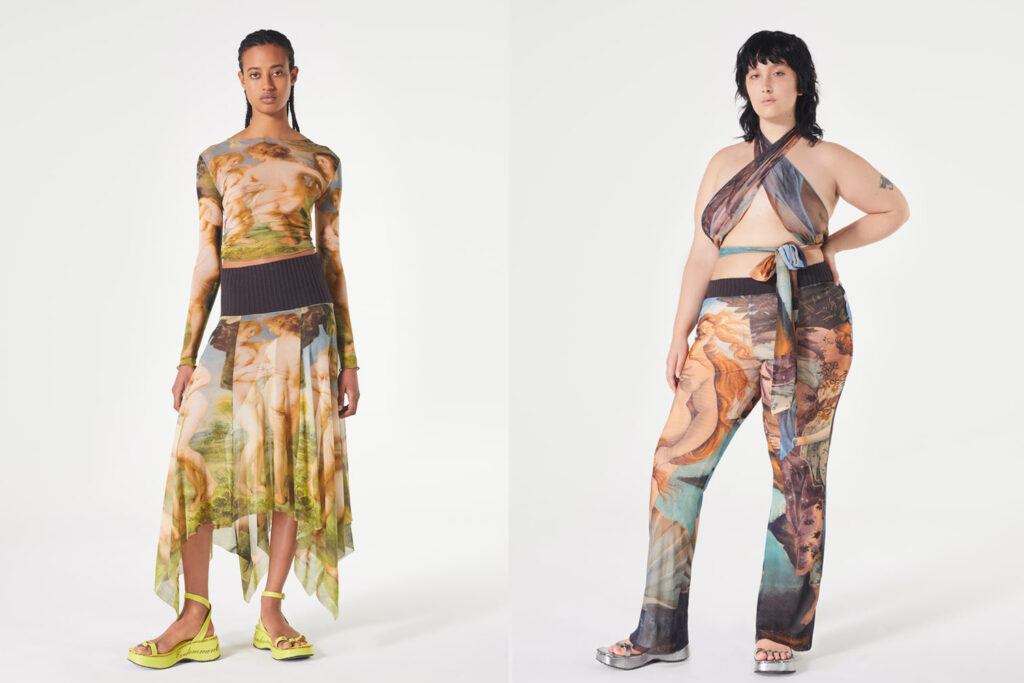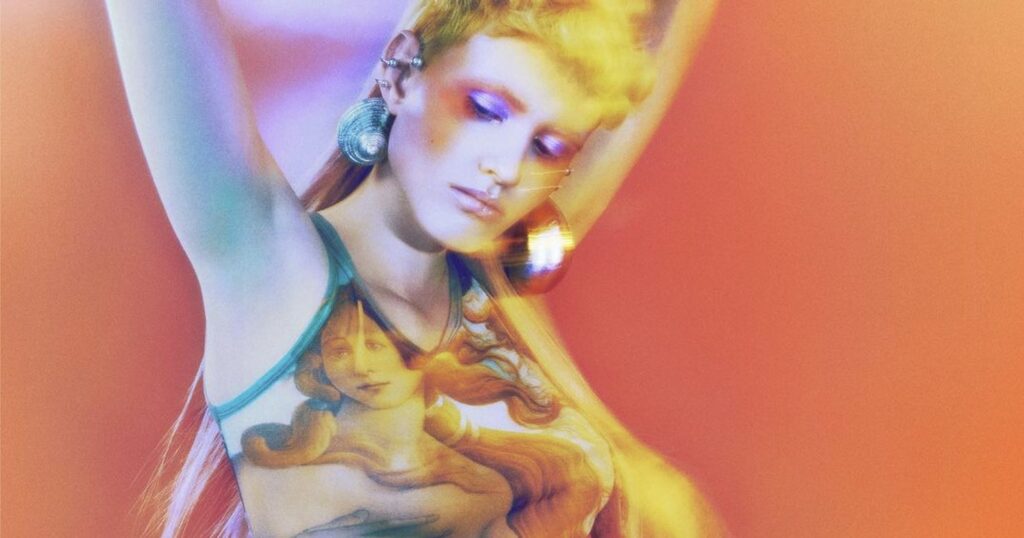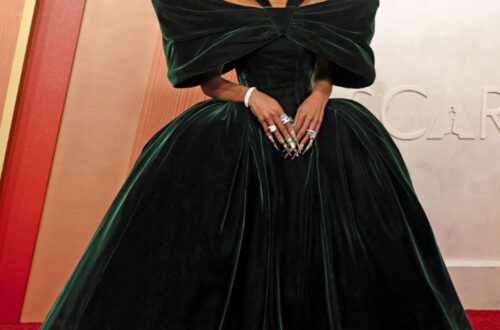A new legal battle has begun between the Uffizi Gallery, one of Italy’s most visited art museums, and the French maison Jean Paul Gaultier, founded by the homonym designer Jean Paul Gaultier. The object of the dispute is no less than Sandro Botticelli’s most famous work of art: the Birth of Venus (1482-1485), symbol of the Italian Renaissance and of the central role of the city of Florence in Italian art and history.

As is well known, fashion has always resorted to art in its quest for beauty. Jean Paul Gaultier is yet another example of high fashion’s long-term love affair with art that has led and continues to lead fashion and art to join their forces in order to creatively express ideas, emotions and experiences that go beyond the individual dimension through a universal language. The language deployed by the french maison is often irreverent and playful, marked by a desecrating irony that has earned the French designer the nickname “L’Enfant terrible”, meaning the “terrible child” of fashion. The subject of the fashion provocation chosen by Jean Paul Gaultier has led this time to a legal dispute that finds its legal basis in the Italian Code of Cultural Heritage and Landscape (“Codice dei Beni Culturali e del Paesaggio”).
The facts
Last April, French luxury brand Jean Paul Gaultier released a new capsule collection of 13 prêt-à-porter garments inspired by some of the world’s most famous works of art, with the goal of bringing back to life silhouettes and materials from its 1995 spring/summer collection. The “Le Musée” Spring 2022 collection features various masterpieces, including the “Birth of Venus” by Sandro Botticelli, a Renaissance work of art on display at the Uffizi Gallery in Florence. The clothing items depicting the Goddess of Beauty (in full-size) have been referred to by many as the “highlight of the collection”: those items (dresses, tank tops, skirts, trousers, jumpsuits…) were advertised on social media as well as on the fashion house website as a “celebration of art”.
With its collection, Gaultier once again brings the extremes together, merging the antipodes: classical and pop culture, homogeneity and heterogeneity, inclusion and diversity, past, present and future. The intent is “to dynamize art, making it pop, sexy and audacious”. The result is difficult to disseminate and controversial, leaving some people in awe and others in confusion as inevitably happens when venturing into the exiting territory where synonyms cannot be distinguished from antonyms and vice versa.

The law
The legal issue has nothing to do with copyright because Botticelli’s masterpiece has fallen into the public domain, as provided by the Italian law on copyright – specifically: Art. 25, Law n. 633/1941, which states that the rights of economic use last for the author’s whole life plus 70 years after his death (although moral rights are perpetual). So, what happened? The answer is: the Italian Code of Cultural Heritage happened. Such rules fall within the area of italian administrative law, not IP law.
According to the principles set out in articles 107 and 108 of such Code, the reproducibility of the goods that belong to Italian cultural heritage is only free if performed for non-profit purposes. Meaning, there are certain uses that are specifically excluded from the obligation contained in art. 108, as provided by art. 108 (3) and (3-bis): for example, private individuals may reproduce such images for personal use and for the purposes of study, research, creative expression, or cultural heritage enhancement.
If, on the other hand, the reproduction and use of the goods in question are carried out for commercial purposes, not only is a prior authorization from the competent public administration required, but concession fees must also be paid according to the criteria established by the Code of Cultural Heritage and Landscape, as well as by a specific ministerial decree. Such fees must be paid in advance. To quote IP lawyer Simone Aliprandi, we could talk about “a pseudo-copyright”, but no matter what we want to call it, “the legal principle of Article 108 of the Cultural Heritage Code behaves (de facto) like a copyright and limits the diffusion and reproduction of works that have been cultural heritage of humanity for centuries, as they have fallen into the public domain”.
Legal case
The Uffizi Gallery has therefore decided to take legal action against Jean Paul Gaultier for unauthorized use of Botticelli’s “Birth of Venus”: according to the reasoning of the Museum, the Maison has failed to comply with article 108 of the Italian Code of Cultural Heritage, which, as already mentioned, requires a specific authorization and the payment of a fee to use images from the Italian public domain. Jean Paul Gaultier not only acted without asking for permission, meaning without agreeing on how to use the image, but also without paying the concession fee required by the law. According to Eike Schmidt, director of the Uffizi, “Jean Paul Gaultier has boutiques in Italy and also sells his products through Italian web channels. As a result, he, like everyone else, is required to abide by our image rights laws.”

The Florence museum’s legal office took immediate action, sending the fashion house a cease and desist letter in April, requesting the withdrawal from the market of the garments with the Venus image or, alternatively, to contact the museum as soon as possible to enter into a commercial agreement. However, the warning to Jean Paul Gaultier was completely ignored by the fashion house. As a result, a legal action has already been filed, which includes a request for damages in favor of the museum, in addition to the withdrawal of the “illegitimate” clothes. The behavior of the French maison, which did not respond to the Uffizi’s requests, should also be “stigmatized” according to Borgonzoni, the Italian Undersecretary for Cultural Heritage: Gaultier’s position is “disconcerting” because “it ignored an Italian museum of great importance that had sent a legitimate request”. Citing a press release from the museum: “Stylists regularly use our images, and most are familiar with Italian law, which states that any use of publicly owned works of art must be authorized and paid for.”
By Anna Zanolli






